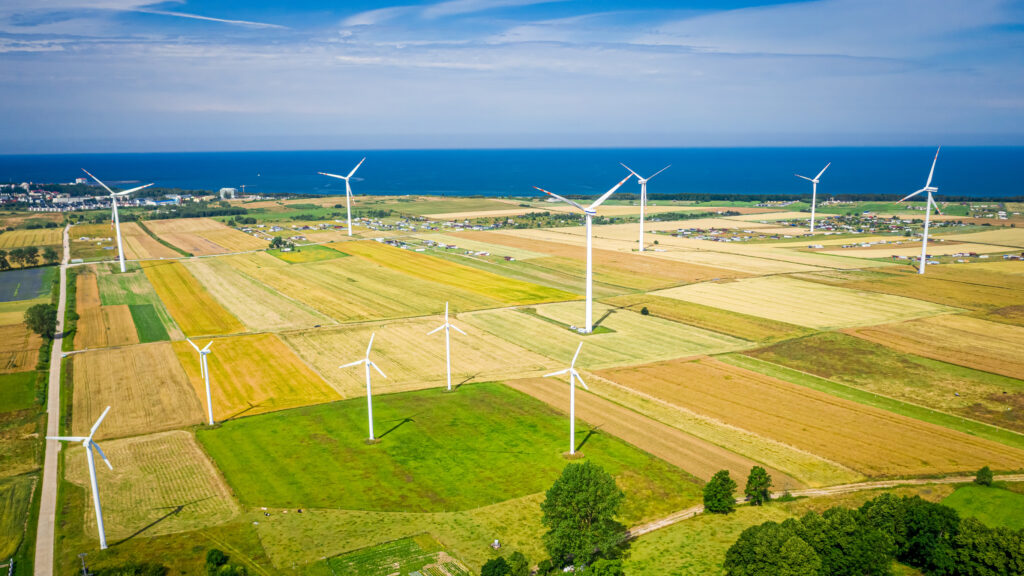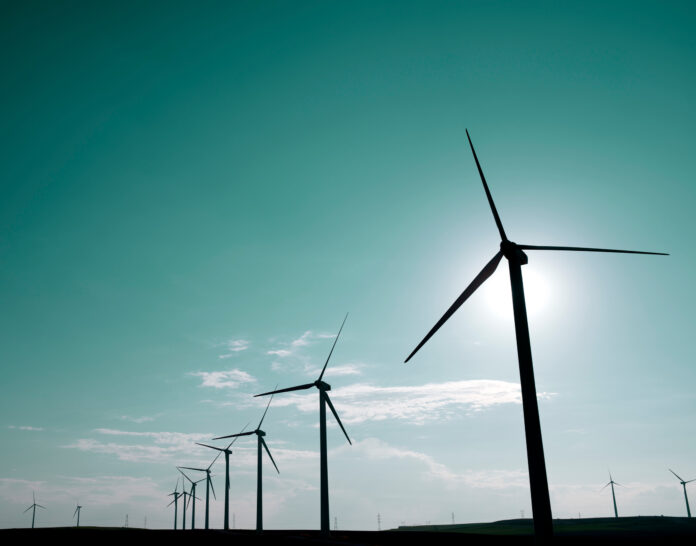Cellnex is both generating and purchasing renewable energy to help meet its sustainability goals
As the main tower company in Europe, with a portfolio of more than 130,000 sites, Cellnex Telecom has a unique perspective on providing renewable energy power to telecom networks.
The company provides co-location services, AC and DC power, HVAC and back-up batteries for telecom sites, among its various infrastructure-related services. Cellnex manages the energy for about 60% of the sites in its portfolio, according to Mila Rey Porto, global head of energy for the company.
Cellnex’s power consumption was about 1.4 terawatts in 2024, and the company expects its usage to be about 1.5 terawatts this year. Among its environmental commitments that it expects to achieve this year is that 100% of its Scope 2 energy consumption will be supplied by renewable energy.

How is Cellnex achieving this? Porto described four ways in which the company pursues the use of renewable energy in the telecom network infrastructure which Cellnex provides.
“We are following all these mechanisms, because we have built up a diversified portfolio to purchase renewables,” Porto said.
Renewable energy production installed on-site. “If we have self-consumption and self-generation linked to our sites, we are not consuming electricity from the grid, so we do not need to purchase,” Porto explained.
On-site generation and consumption means that Cellnex is providing additional renewable energy assets to the grid, a concept called “additionality,” Porto explained. This is considered to be a particularly valuable and direct contribution to sustainability, to actually be building out/generating that new renewable capacity. Cellnex is also able to avoid grid power loss by having its own energy generation and consumption on-site, Porto noted, and it doesn’t need additional certification that the resutling energy is green.
However, there are some shortcomings: On-site renewable generation and consumption is not available in all locations. Its scale can be limited. Its economic viability is also limited to the best sites, Porto said. And renewables don’t necessarily meet all the power needs of a given infrastructure location. “Our experience is that we are covering between 20, 30% of the consumption of the site,” she added. “For the additional consumption we need to use other options.”
The other three renewable energy options that Cellnex pursues are related to power sourcing and purchases.
Typical retail green energy supply contracts. These are the usual arrangements for purchases of power with a guarantee of origin (GoO), which is a type of energy attribution certificate (EACs) which certifies that the energy retailer has matched the amount of power with power purchased from energy sources such as wind, solar, hydro and so on.
Subscribe now to get the daily newsletter from RCR Wireless News
Cellnex uses these traditional retail power supply GoO arrangements in countries such as Poland and the U.K., Porto said. Typically these GoOs are “bundled”, in that the origin of the power may be from multiple renewable sources within the power provider’s portfolio.
The pros of GoOs? They are simple and usually easy to access; it is very much business as usual. However, in some countries, Porto said, GoOs or EACs can be more expensive than supplies of non-renewable energy. Often, there is no specificity about the origin of the power source, which can impact reporting, and the energy end-user cannot make any choices about which type of renewable is used to supply the power.
Unbundled GoOs or EACs. This means that the GoOs or EACs are purchased from brokers, traders or renewable energy developers, rather than from the retail energy supplier. This often means they are less expensive than a supply contract, Porto said, and they are also simple vehicles for arranging power purchasing of renewable energy.
However, there is no additional renewable energy capacity being added to the grid in either the unbundled or usual GoO or EAC purchase arrangements.
Power Purchase Agreements, or PPAs. These are arrangements where a customer agrees to purchase the output of a specific renewable energy source for a specific period of time. “If you sign a PPA with a new asset, then you have additionality, because you are helping to build up new renewable capacity,” Porto noted.
There are also potential savings in the cost of the energy itself, because the energy is acquired by the end customer for a fixed price over the term of the deal, and it often ends up being below market value—particularly for new renewable energy assets, where the price is more closely tied to the financing, constructions and maintenance of the asset rather than solely linked to market prices, Porto explained.
These are long-term arrangements: Usually 10 years, but normally in a range from seven years up to 15 years, and the associated negotiations can be complex.
But Porto described them as a win-win for both energy developers and corporations like Cellnex which are seeking to expand their portfolio of green energy sources. Energy developers use PPAs in order to get financing to make sure the projects get built, and companies like Cellnex can get green energy at a less expensive cost.
For more insights on Cellnex’s experiences with renewable energy for telecom networks, watch the full session with Porto on-demand and check out all the other sessions from Telco Sustainability Forum.

